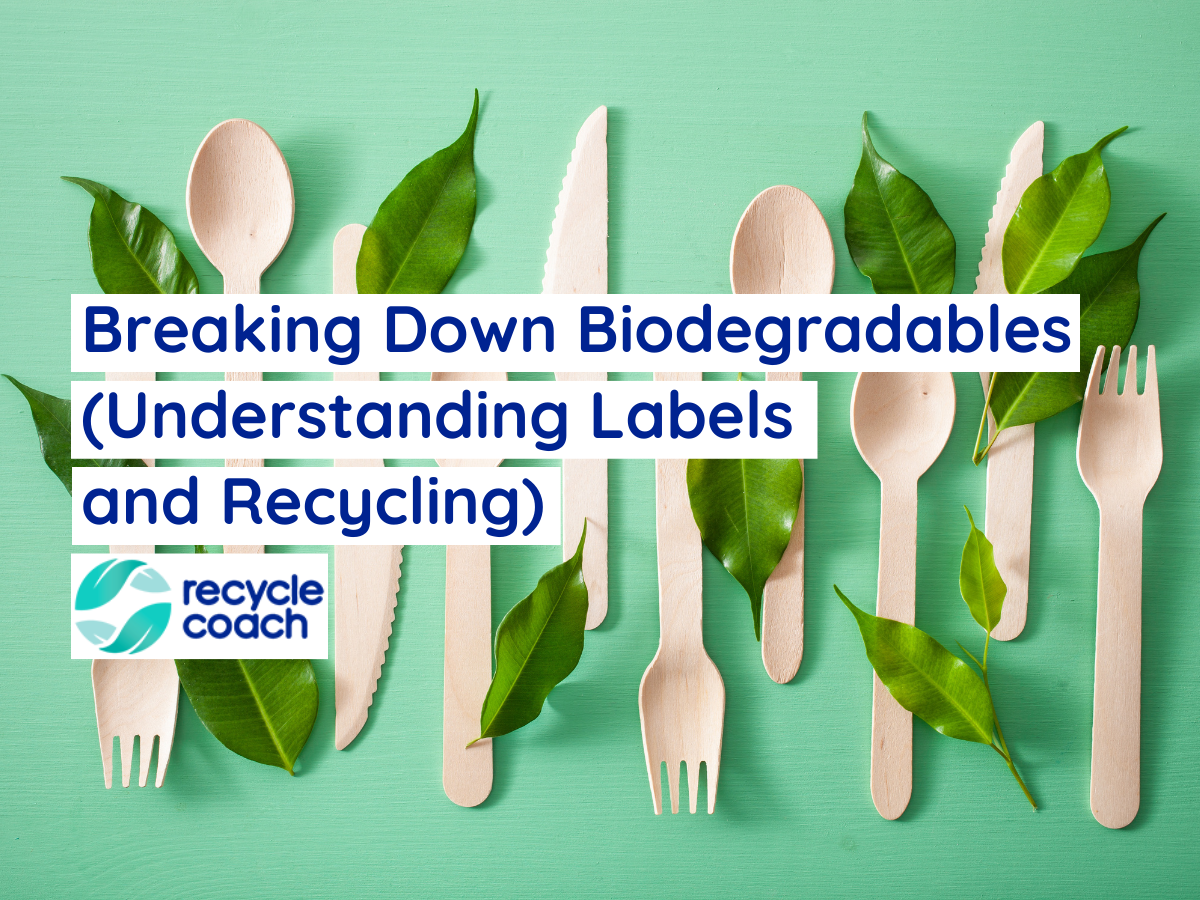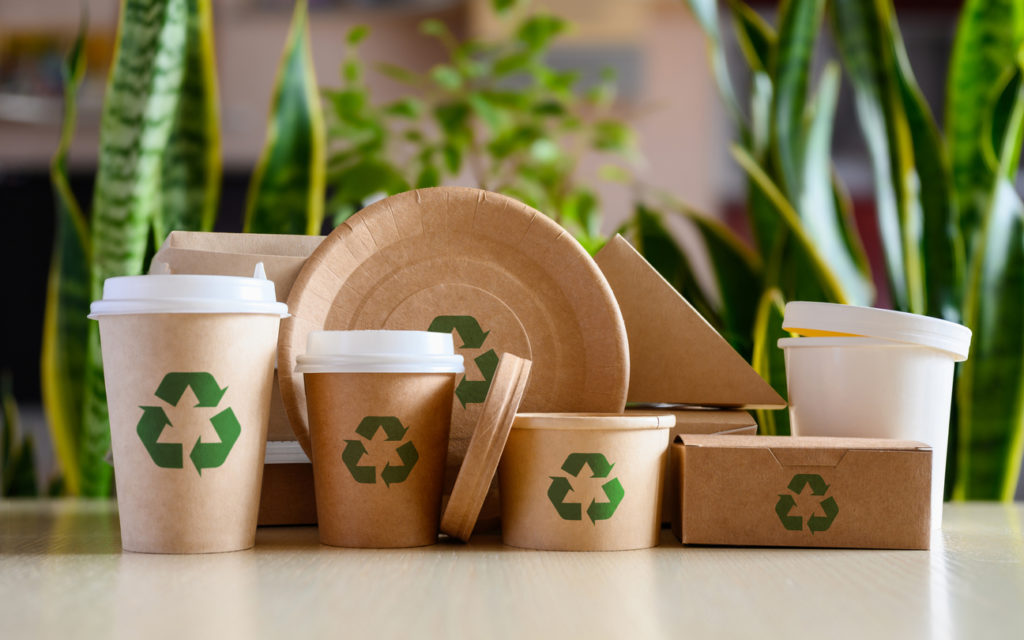Breaking Down Biodegradables (Understanding Labels and Recycling)

In our quest for eco-friendly living, products labeled as “biodegradable” often catch our attention. The promise of items breaking down naturally sounds like a win for the environment, but how well do we understand the intricacies of biodegradability and recyclability? Let’s unravel the mysteries behind these labels and explore the nuances of products that claim to be both biodegradable and recyclable.
Understanding Biodegradability

Biodegradable products are designed to break down over time through natural processes, ultimately returning to the environment without leaving lasting harm. However, it’s crucial to note that the term “biodegradable” is broad, and not all biodegradable materials are created equal.
- Compostable vs. Biodegradable: Some products labeled as biodegradable may only break down under specific conditions, such as industrial composting facilities. True compostable items, on the other hand, break down into natural elements and contribute to nutrient-rich soil. Look for certifications like “BPI Certified Compostable” to ensure the product is suitable for home composting.
- Time and Conditions Matter: Biodegradability is a time-dependent process. Factors like temperature, moisture, and microbial activity influence how quickly a product breaks down. In practical terms, some biodegradable items might linger in certain environments if these factors aren’t ideal.
Recyclability vs. Biodegradability

The intersection of recyclability and biodegradability isn’t always straightforward. While some products may carry both labels, it’s crucial to understand the distinctions and limitations.
- Recyclable Plastics: Some plastics labeled as biodegradable are not typically suitable for conventional recycling streams. These materials often require specialized recycling facilities, and their inclusion in standard recycling streams can contaminate the process. Check to see if there is a takeback program for these plastics, as they should not be added to your bin.
- Biodegradable Packaging Materials: Packaging materials labeled as biodegradable may not align with traditional recycling methods. If your local recycling facility is not equipped to handle these materials, they might end up in landfills, hindering the intended eco-friendly benefits. Again, check any questionable material by searching the ‘What Goes Where’ search tool to find out the proper disposal.
Making Informed Choices
- Look for Certifications: Seek products with credible certifications such as “ASTM D6400” for the ability to compost. These certifications provide assurance that the product aligns with accepted standards. If there is a recycling symbol, check with your program to see if their facility accepts it for recycling.
- Know Your Local Recycling Guidelines: Familiarize yourself with your community’s recycling guidelines. Not all areas accept the same materials, and understanding local practices ensures that your efforts to recycle or compost are effective. You can check your local facilities accepted materials by searching the Recycle Coach ‘What Goes Where’ search tool.
In Conclusion
While biodegradable and recyclable labels hold promise for a more sustainable future, it’s essential to approach them with informed scrutiny. The key lies in understanding the specific conditions required for biodegradability, recognizing certifications, and being aware of local recycling practices. By demystifying these labels, we empower ourselves to make conscientious choices that genuinely contribute to a greener, healthier planet.